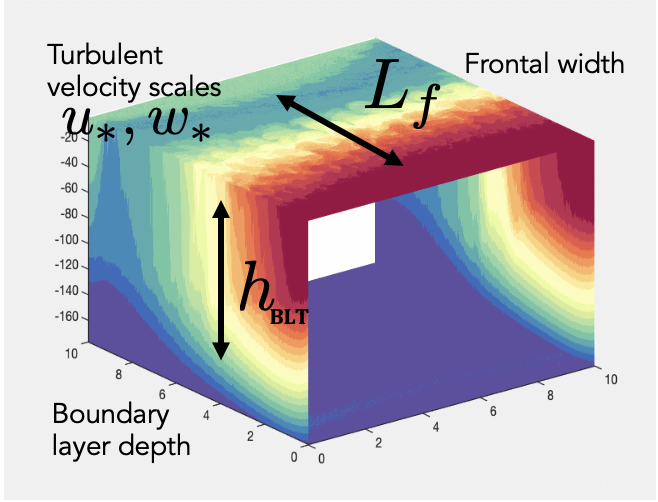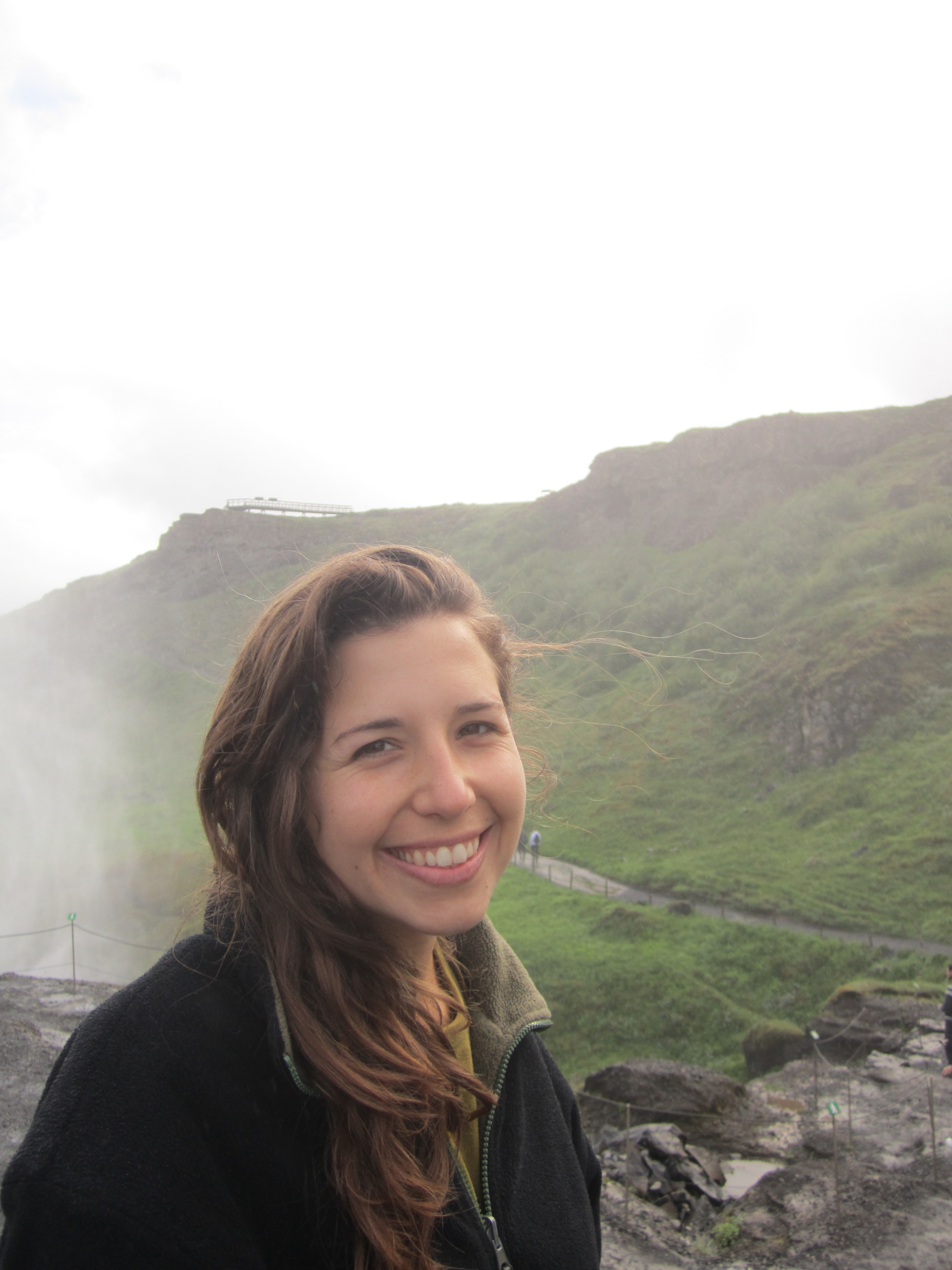Modifying the MLE Parameterization
Modifying the Mixed Layer Eddy Parameterization to Include Frontogenesis Arrest by Boundary Layer Turbulence
Collaborators: Abigail Bodner, Baylor Fox-Kemper, Leah Johnson, Luke P. Van Roekel, James C. McWilliams, Peter P. Sullivan, Paul S. Hall, and Jihai Dong.
Abstract: Current submesoscale restratification parameterizations, which help set mixed layer depth in global climate models, depend on a simplistic scaling of frontal width shown to be unreliable in several circumstances. Observations and theory indicate that frontogenesis is common, but stable frontal widths arise in the presence of turbulence and instabilities that participate in keeping fronts at the scale observed, the arrested scale. Here we present a new scaling law for arrested frontal width as a function of turbulent fluxes via the Turbulent Thermal Wind (TTW) balance. A variety of Large Eddy Simulations (LES) of strain-induced fronts and TTW-induced filaments are used to test this scaling. Frontal width given by boundary layer parameters drawn from observations in the General Ocean Turbulence Model (GOTM) and are found consistent with the observed range in regions of active submesoscales. The new arrested front scaling is used to modify the mixed layer eddy restratification parameterization commonly used in coarse resolution climate models. Results in CESM-POP2 reveal the climate model’s sensitivity to the parameterization update and changes in model biases.

